How to Format a Book for Publishing | Top 8 tips From Experts
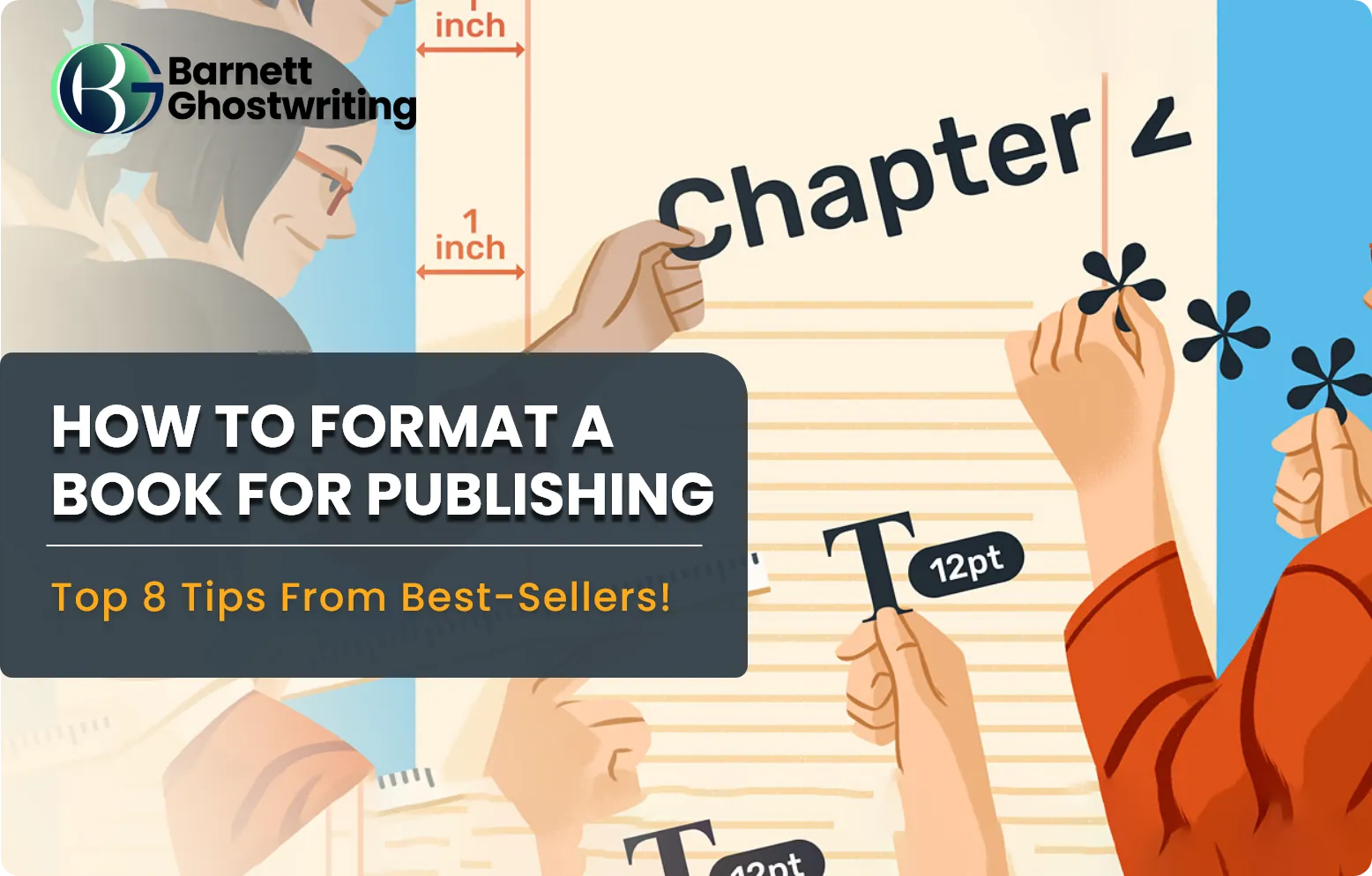
The novel Is finally complete and now it’s time to get it published but there’s one nagging problem, the margins aren’t quite right, and the text looks too cramped, making it harder to read. in the blog, we will learn how to format a book for publishing.
This is a common problem amongst first-time authors, they often succeed at writing, editing, and designing the novel, but when it comes time to format it, they fall short. They fall short due to the lack of experience with formatting. Page formatting or lack thereof can scare readers away rather than entice them to read more, it can get in the way of reading a book for even the most devoted fans of an author, you can take professional book formatting services or hopefully, the following tips should get you started on how to format a book for publishing.
A guide on how to format a book for publishing
1. The margins need to be spacious
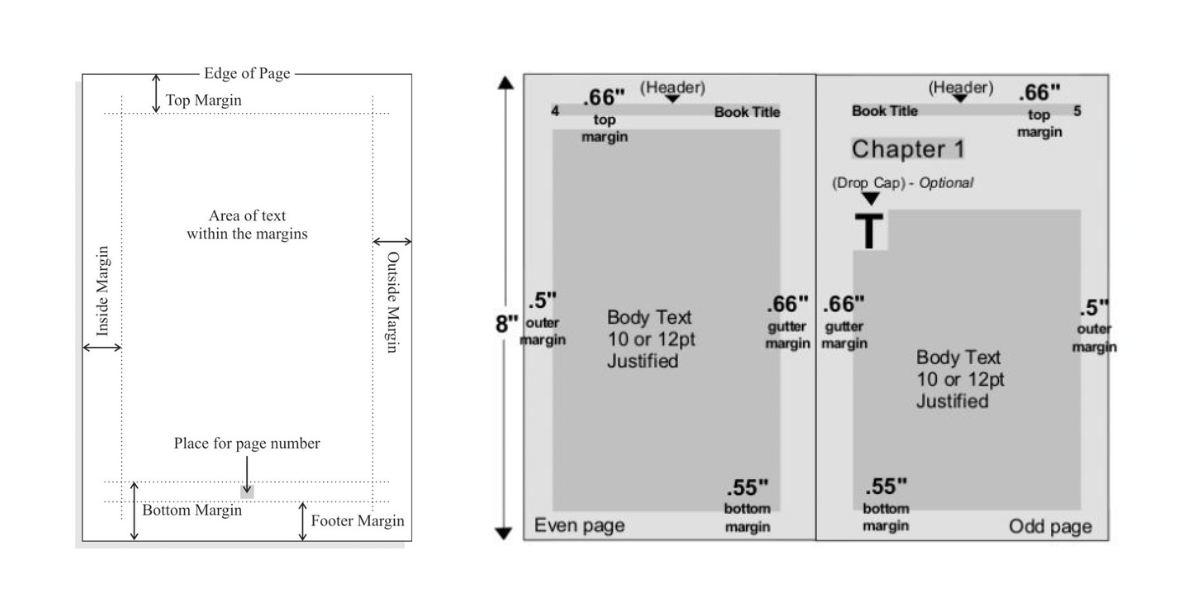
Using narrow margins creates the impression of “too much text” that appears too cramped and intimidating to read for the uninitiated. This is one of the key reasons why some novels, despite good authors writing them, tend to fall flat in terms of sales and readership. Depending on the book for example if it’s 5×8 5/8” should be roomy enough, if the book is 6/9 ¾” (0.75) is more than adequate. if you need any assistance then you can also take professional editing services.
2. Readable font
You need a font that’s easy on the eyes, a font that’s comfortable to read for long durations, and not just attractive at a single glance. Work with tried-and-true tested fonts such as Garamond, Janson, Caslon, or Minion. These are the fonts that are commonly used in the industry for good reason: they work. They make the text easier to follow through and read comfortably for long stretches.
3. Comfortable type size
The type size cannot be either too large or too small, if it’s too small that’ll make reading the whole thing a chore for the readers. Too big? Well, now your book is among the large print editions. Most books use the 11-point type these days. But there’s no hard and fast rule you can experiment a bit and see which type size looks best. The space between lines known as Leading needs to be adjusted as well, this is normally done through Adobe® InDesign®, a software that manages the Leading and allows you to tweak it to your liking. You can start with an automatic setting and make changes as you feel necessary. The best way to really see if something is working or not is to check by printing it out.
You might be interested in the guide to how to find a book editor.
4. Justifying your text
This refers to setting a paragraph up so that the text runs right up to both the left- and right-hand margins. This makes a nice and even rectangle. You can utilize any word processor for this. This may seem a bit odd to do initially. Simply because most of us are used to writing with only the left margin aligned. While ignoring the right margin, leaving each line at a different length. But if you look at any professionally designed novel and what you’ll see is justified text the idea behind it is that having straight margins makes long chunks of text very easy to read. The reader can comfortably focus on the flow of the words.
5. Indenting
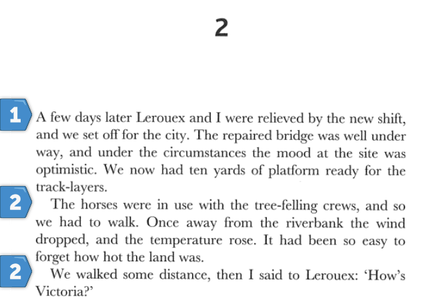
Via louiseharnbyproofreader.com
The initial parts of a paragraph should always be easy to see on the page, or else the text just looks like a huge chunk of words. Indenting by a quarter inch allows you to do the trick. Half an inch of indentation is probably too much. Some writers, especially those who are familiar with web design, separate paragraphs with a black line. This is fine in terms of web design. But it’s just better in books to indent the first line of the paragraph allowing for indication of the next paragraph.
Our book formatters will ensure that your books are formatted perfectly and made perfect with the hard work that they will do to produce perfection!
6. Running headers

This refers to the little heading appearing above the main chunk of text on every page. This makes it easier for readers to navigate the book. They usually contain information such as the chapter title, or the author’s name.
7. Chapter openings
It’s imperative to start each chapter on a new page. Usually, some books go further and start each chapter on a right-hand page, but this isn’t necessary (except for the first chapter, always start your novel, on the right-hand page).
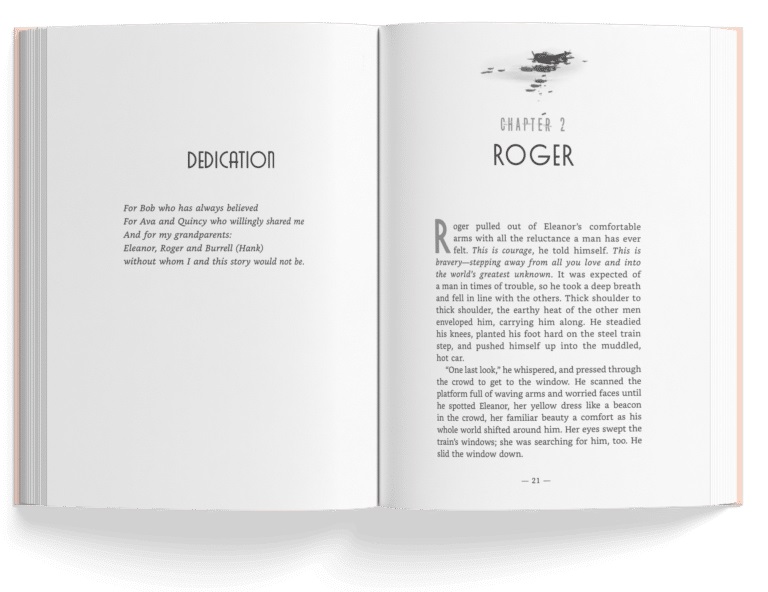
Start the text above one-third of the way down the page, with the chapter number above. It is not necessary to write a chapter, you can often just write a number. Style the chapter numbers and/or titles so that they’re distinct from the text. You might wish to use the font from your cover here to give the text more consistency. Whatever you decide to do make sure it looks good above the body text.
8. Mark scene breaks

Usually, some chapters have changes of scene in the middle. The easiest way to show this is with the use of a single blank line between paragraphs. This helps the reader to readjust and understand that the view has changed. If you want to take one step further, you might want to make the break a little bit wider and place a small ornament in the center. Keep it simple and this can be an easy, subtle way to reinforce the vision or theme of your book.
Conclusion
Hopefully, the above tips will help you on how to format a book for publishing in a way that makes it not only convenient to read for your audience. But also makes it an enjoyable experience and something they look forward to reading repeatedly. Don’t decrease the value of your hard work with the lack of formatting. So we encourage you to keep these tips in mind. Formatting can seem a bit intimidating, but when designing these tips we were keeping user ease in mind. So relax and begin your journey on becoming a renowned author who has a well written and comprehensible book.
Related Blogs
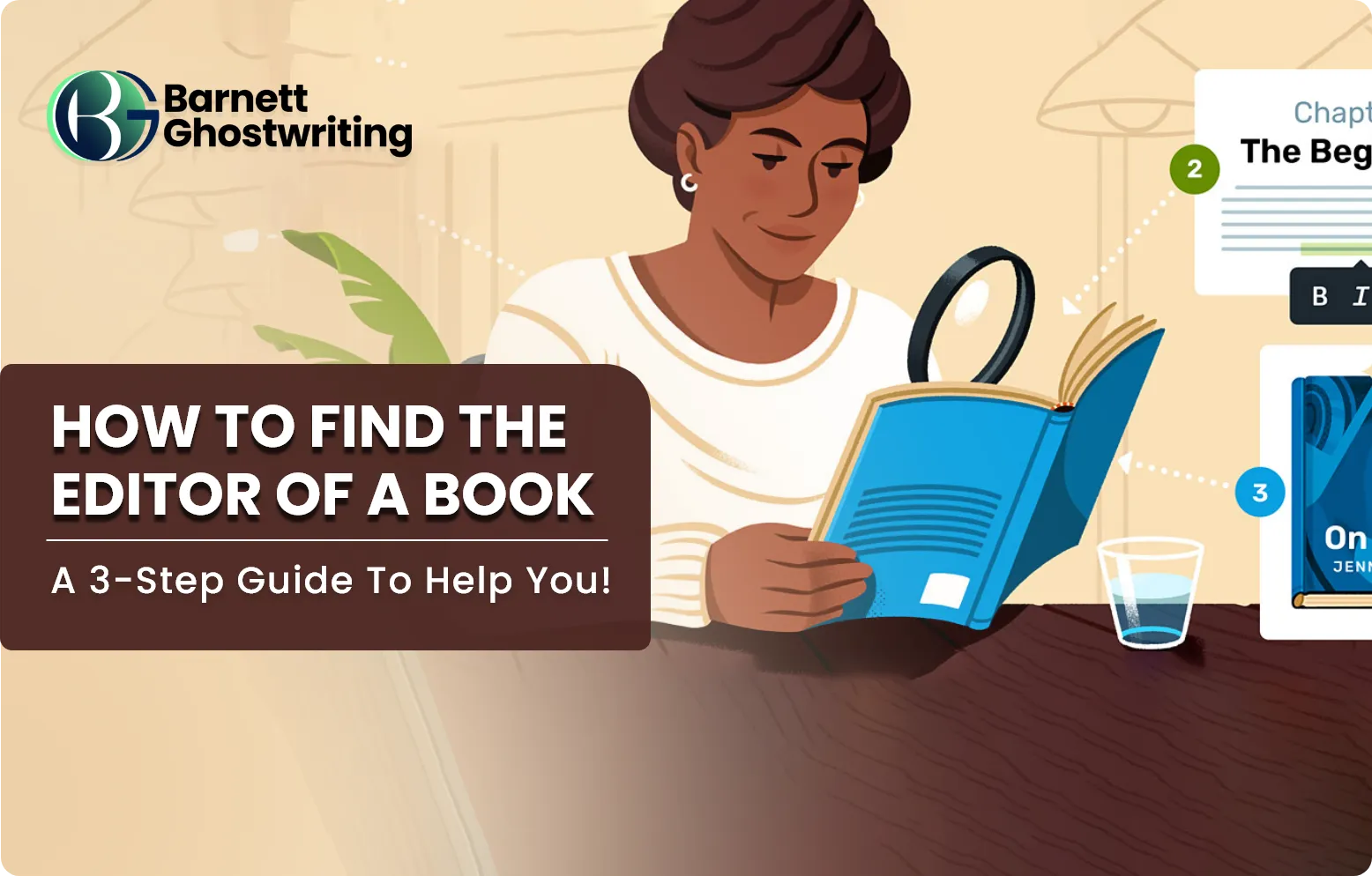
How to Find the Editor of a Book | A 3-Step Guide for Authors
An individual who considers themselves to be a bibliophile can never truly be one without knowing what goes on in the process of creating a book, a book be it a novel (you might be interested in the guide to writing a novel:
Read post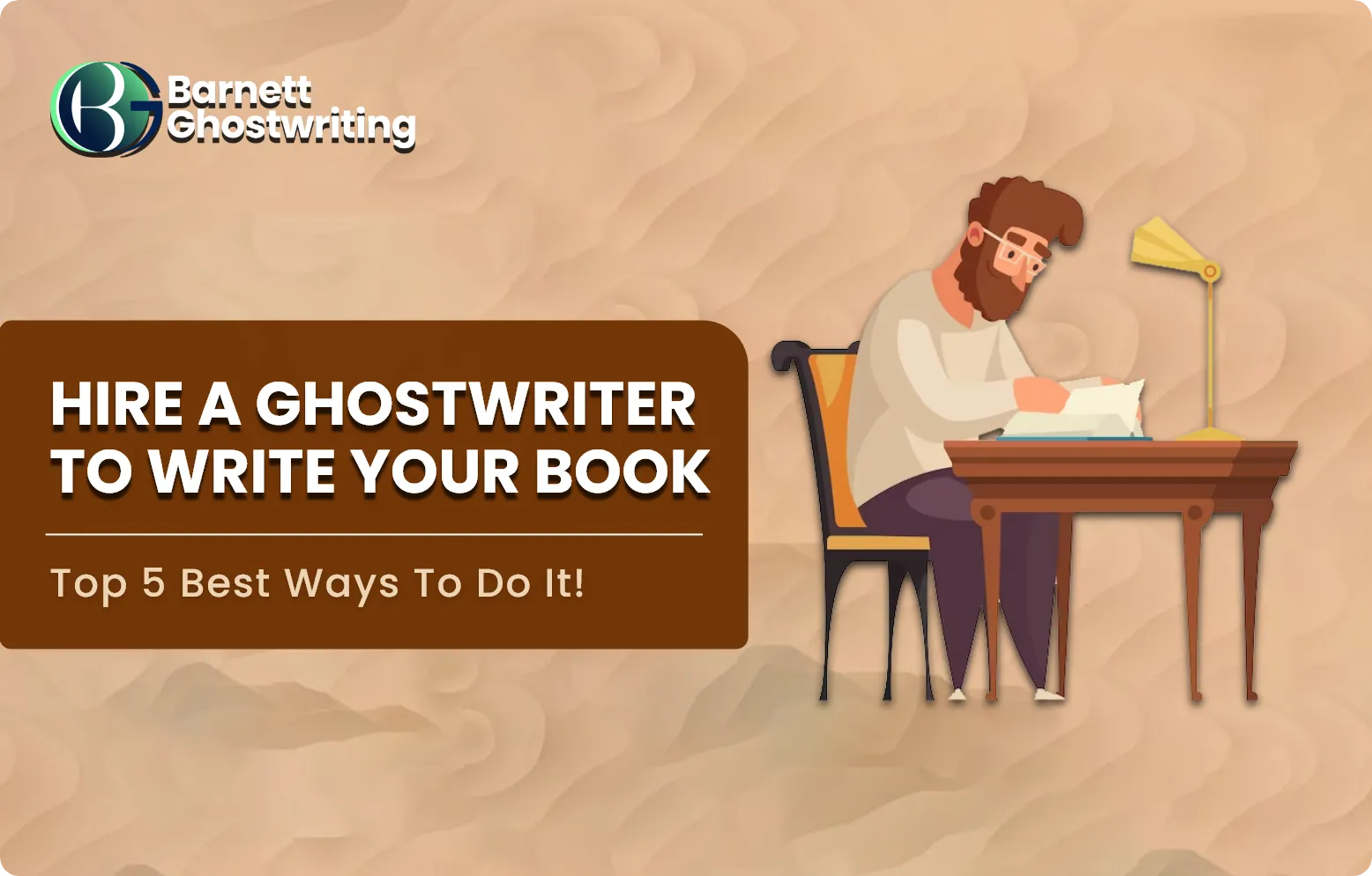
Hire a Ghostwriter to Write your Book | Top 5 best ways to do it
The most important step in creating a book is to first procure an idea for it. What category will it be “fiction” or “nonfiction”? Suppose you choose a fiction book, now you have a bunch of genres contained within that main category of fiction, will it be a fantasy story of a hero fighting against ... Hire a Ghostwriter to Write your Book | Top 5 best ways to do it
Read post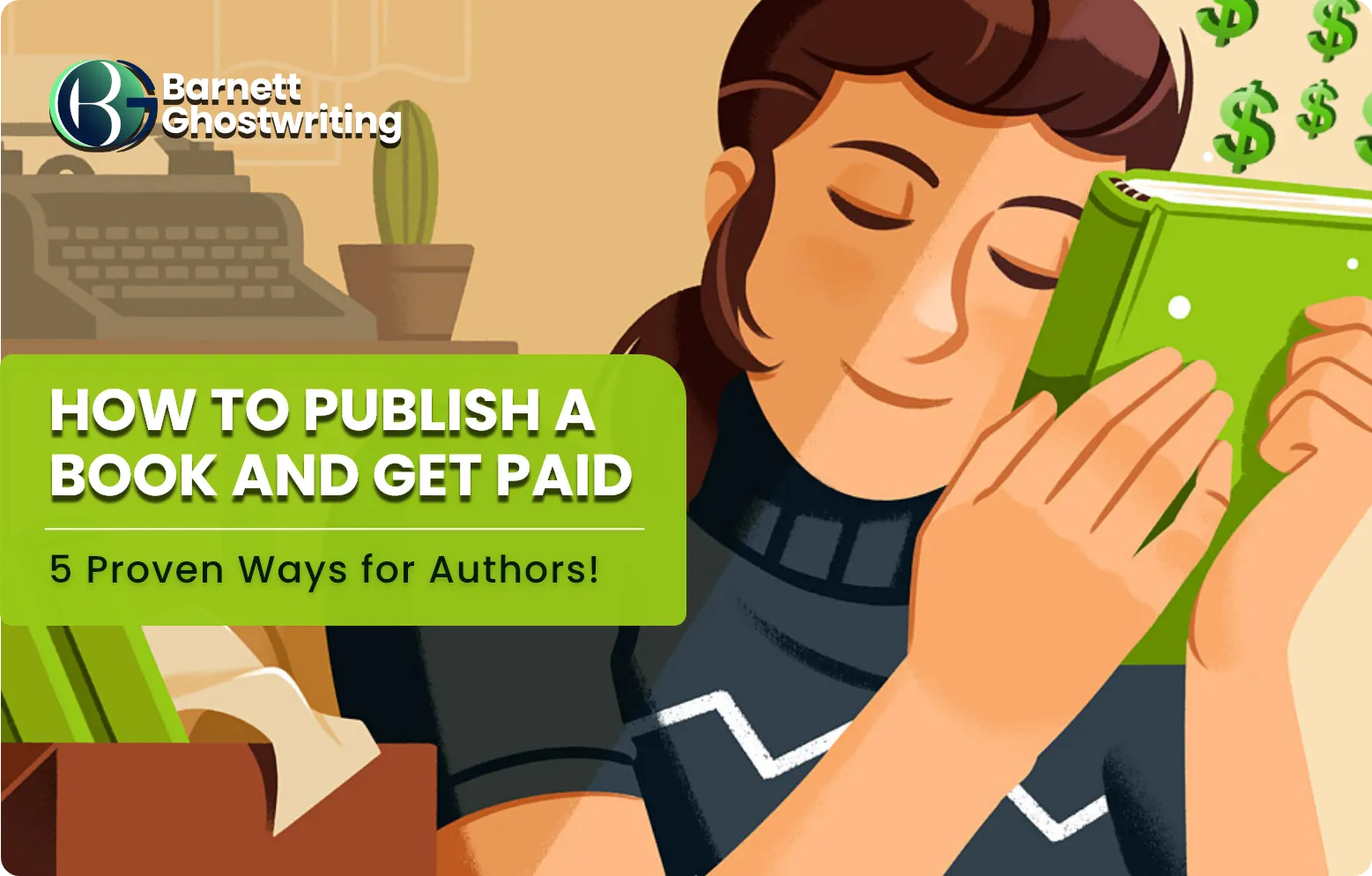
How to Publish a Book and Get Paid | 5 Proven Ways for Authors!
Publishing your book as well as monetizing it can be very intimidating. This is due to the fact that the traditional publishing channels are not very accessible or easy to understand for fresh authors. However, many modern alternatives exist in the year 2023. This is why we’ve prepared a guide on the various ways you can navigate the book publishing industry. After conducting intensive research to answer the question of how to publish a book and get paid we believe this article will help.
Read postConnect With Us
We Would Love To Serve You
Our team of professionals is at your service round the clock. Don’t hesitate to approach us because we make things happen for our customers, and we would love to be your partner in making you a successful author. Fill in the details, and let our representatives contact you.

- [email protected]
- [email protected]
- +1 (855) 469-7509
- +1 (734) 409-7256





